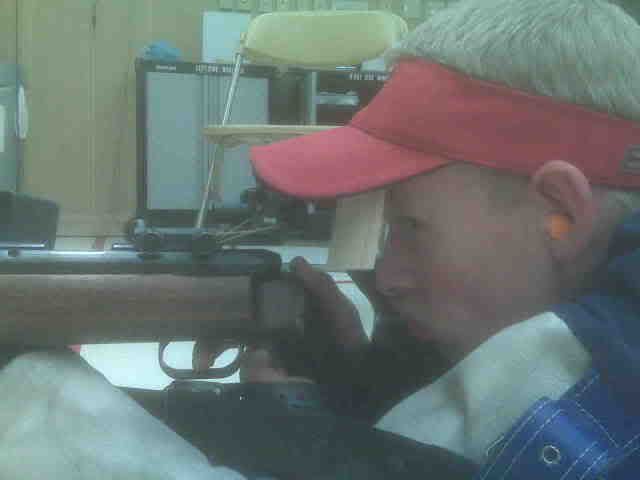Re: Question on prone shooting position
Wigger changed my smallbore prone position Tuesday night. As much as I like the straight legged position, he had me modify it. Still lots of spread between my legs (left basically straight) but he had me bring my right knee up to flatten out my right foot on the inside of the foot and leg. He was trying to shift more weight onto my left elbow and left side. Not a true "cocked knee" per say but some bend and flattening on the inside of the leg. It was effective at reducing the muzzle movement when the shot was fired and overall reduced my shot dispersion. In other words, the group got tighter and more predictable.
In smallbore we look at the direction, duration, amplitude, and pattern of the muzzle during recoil. The 22 lets you do that. Very cool.
Wigger changed my smallbore prone position Tuesday night. As much as I like the straight legged position, he had me modify it. Still lots of spread between my legs (left basically straight) but he had me bring my right knee up to flatten out my right foot on the inside of the foot and leg. He was trying to shift more weight onto my left elbow and left side. Not a true "cocked knee" per say but some bend and flattening on the inside of the leg. It was effective at reducing the muzzle movement when the shot was fired and overall reduced my shot dispersion. In other words, the group got tighter and more predictable.
In smallbore we look at the direction, duration, amplitude, and pattern of the muzzle during recoil. The 22 lets you do that. Very cool.




